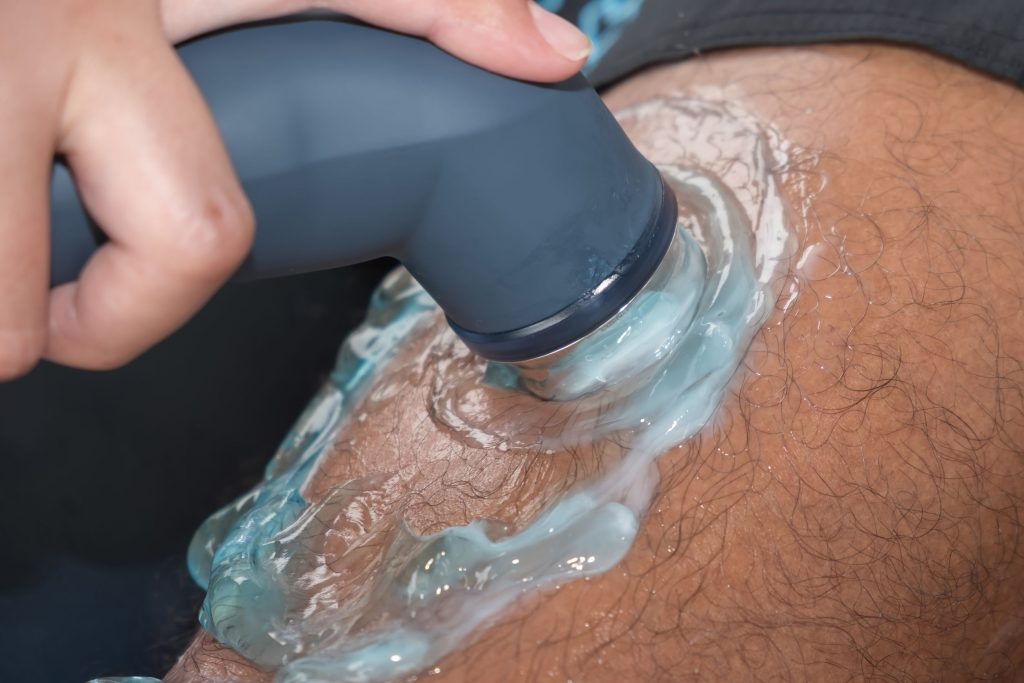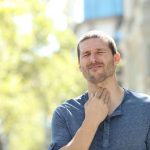Node Smith, ND
A recent study using diathermy has shown that long-term heat therapy may help improve mitochondrial function in muscle. The study was published in the Journal of Applied Physiology.1
Mitochondria: discrete organelles existing within cells
Mitochondria are discrete organelles that exist within cells, and are responsible for creating ATP, or cellular energy. In the simplest terms, mitochondria are the “energy centers” of the body. In recent years, more and more attention has been given to these vital components of the body, and the relationship between chronic disease and mitochondrial dysfunction is becoming clearer.
Heat exposure may also induce production of more mitochondria
One thing that has been shown to improve mitochondrial function is exercise. However, for may who have chronic illness, exercise may not be possible, or the duration which a person may be able to exercise may not be enough to affect mitochondrial function much. Previous research suggests that 2 hours of daily exercise may be needed to reap the benefits of exercise on mitochondrial function. However, research on rodents has suggested that heat exposure may also induce production of more mitochondria.
Diathermy study
20 adult volunteers were recruited who had not exercised in the previous 3 months. Short wave diathermy was applied for two hours – short wave diathermy is a heat therapy that uses electrical pulses to create heat in the muscle. Diathermy was applied to the thigh muscles of participants daily for six-days. The duration of the therapy was based on previous studies that have shown the minimal amount of exercise to see measurable changes in muscle – which is roughly 2 hours daily. The diathermy increased the temperature of the heated leg an average of 7 degrees F. The non-treated leg of each participant served as a control. Mitochondrial numbers were measured on the first day of therapy and 24 hours after the final session.
Mitochondrial function increased by 28 percent
Mitochondrial function was seen to increase by 28 percent on average in the thigh muscles that underwent treatment. The concentration of mitochondrial proteins also elevated in the heated legs as well, which suggests both increased function and number of mitochondria.
Source:
- Hafen PS, Preece CN, Sorensen JR, Hancock CR, Hyldahl RD. Repeated exposure to heat stress induces mitochondrial adaptation in human skeletal muscle. J Appl Physiol. 2018
Image Copyright: <a href=’https://www.123rf.com/profile_yortza’>yortza / 123RF Stock Photo</a>
 Node Smith, ND, is a naturopathic physician in Portland, OR and associate editor for NDNR. He has been instrumental in maintaining a firm connection to the philosophy and heritage of naturopathic medicine among the next generation of docs. He helped found the first multi-generational experiential retreat, which brings elders, alumni, and students together for a weekend camp-out where naturopathic medicine and medical philosophy are experienced in nature. Four years ago he helped found the non-profit, Association for Naturopathic ReVitalization (ANR), for which he serves as the board chairman. ANR has a mission to inspire health practitioners to embody the naturopathic principles through experiential education. Node also has a firm belief that the next era of naturopathic medicine will see a resurgence of in-patient facilities which use fasting, earthing, hydrotherapy and homeopathy to bring people back from chronic diseases of modern living; he is involved in numerous conversations and projects to bring about this vision.
Node Smith, ND, is a naturopathic physician in Portland, OR and associate editor for NDNR. He has been instrumental in maintaining a firm connection to the philosophy and heritage of naturopathic medicine among the next generation of docs. He helped found the first multi-generational experiential retreat, which brings elders, alumni, and students together for a weekend camp-out where naturopathic medicine and medical philosophy are experienced in nature. Four years ago he helped found the non-profit, Association for Naturopathic ReVitalization (ANR), for which he serves as the board chairman. ANR has a mission to inspire health practitioners to embody the naturopathic principles through experiential education. Node also has a firm belief that the next era of naturopathic medicine will see a resurgence of in-patient facilities which use fasting, earthing, hydrotherapy and homeopathy to bring people back from chronic diseases of modern living; he is involved in numerous conversations and projects to bring about this vision.





